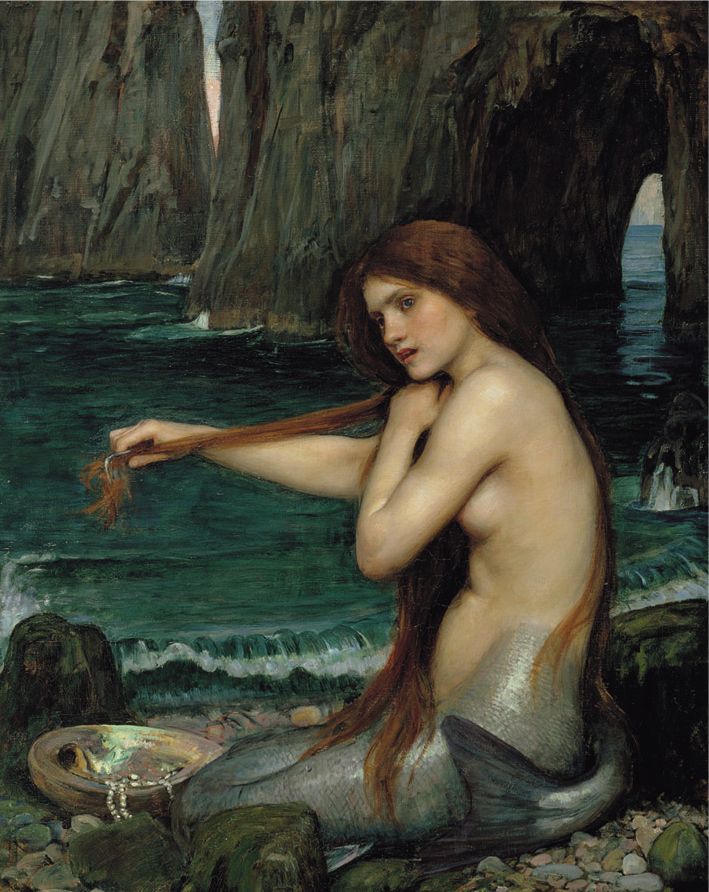1893 Awarded to Walter Winans
27 ½ in (70 cm) high
Exhibited
London, Royal Academy, 'The Exhibition of the Royal Academy of Arts, The One Hundred and Forty-First', 3 May-2 August 1909
Literature
Royal Academy, The Exhibition of the Royal Academy of Arts, The One Hundred and Forty-First, exh. cat., 1909, p.59, no.1704
The practice of combining different materials within a sculpture became increasingly popular with artists during the final two decades of the 19th century and on into the 20th. Spectacular effects could be achieved by contrasting bronze with marble, ivory, silver or hard stones. The technically challenging and time-consuming combination of bronze with ivory became extremely popular and was called 'chryselephantine sculpture'. Walter W. Winans was one of the most admired sculptors to work in these materials.
Walter Winans came from a family of Dutch immigrants to the United States. They were ingenious people who built up a sizeable fortune through their railway and locomotive construction company. Invited by the Russian government to build a new national railroad system, Winans' grandfather sent two of his sons to supervise the work at the Nikolaevsky Railway Works in St Petersburg. Walter was born there in 1852, and was educated in Russia until he was 18, when he took the oath of allegiance at the American Embassy, then settled in Britain. Fascinated by guns, hunting and shooting, he honed his skills with pistols, revolvers and shotguns. On his father's death he inherited a vast fortune, purchased the shooting rights to about 2,500 acres in Scotland and a boar-hunting forest in Belgium, and filled his estate at Surrender Park, Kent, with hunting trophies.
His other talent was for sculpture. Winans won recognition for both his skills, being elected a Member of the Peintres et Sculpteurs du Cheval in Paris and appointed Chevalier of the Imperial Russian Order. He was awarded a Silver Medal at the Paris Exposition Universelle in 1900, and an Olympic Gold Medal in the very first Art Contest Section for his bronze sculpture, ‘An American Trotter’.
Although he was an American, Winans only visited the United States once when he was 58 years old. He bred many different types of horse, including trotting horses which he also drove in Austria and England, and he was involved in setting up trotting races at Parsloe's Park near London. A dedicated racer, he died in his sulky (cart) crossing the finishing line of such a race in 1920, felled by a heart attack.
This breathtaking sculpture is mounted on a finely carved Kolmard marble base which bears a medallion. This puzzling seal reads 'Cristal Palace Exhibition 1893 Awarded to Walter Winans'. The misspelling of 'Cristal' is probably accidental, since the same medallion appears on other Walter Winans sculptures correctly spelled 'Crystal'. Interestingly enough there was no Crystal Palace Exhibition in 1893. There was, however, a Crystal Palace School of Art, Science and Literature founded in 1860, which awarded identical medallions, some to pupils, others to benefactors. Winans was presumably honoured for some service to the School, and the 1893 date on the plaque may reflect this.
This was not the only female figure made by Winans, who also executed a statue of Lady Godiva. There are examples of his work in museums and institutions worldwide, including the Marble Palace in St Petersburg and Hartsfield House in London.

















